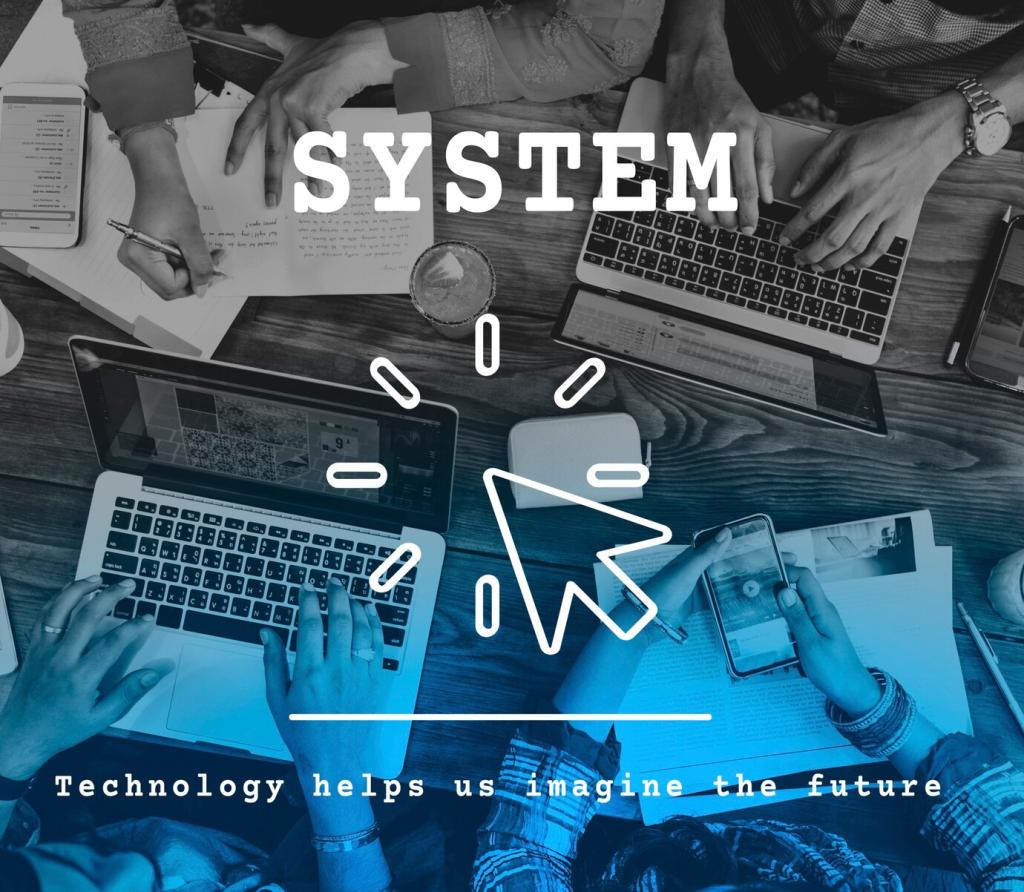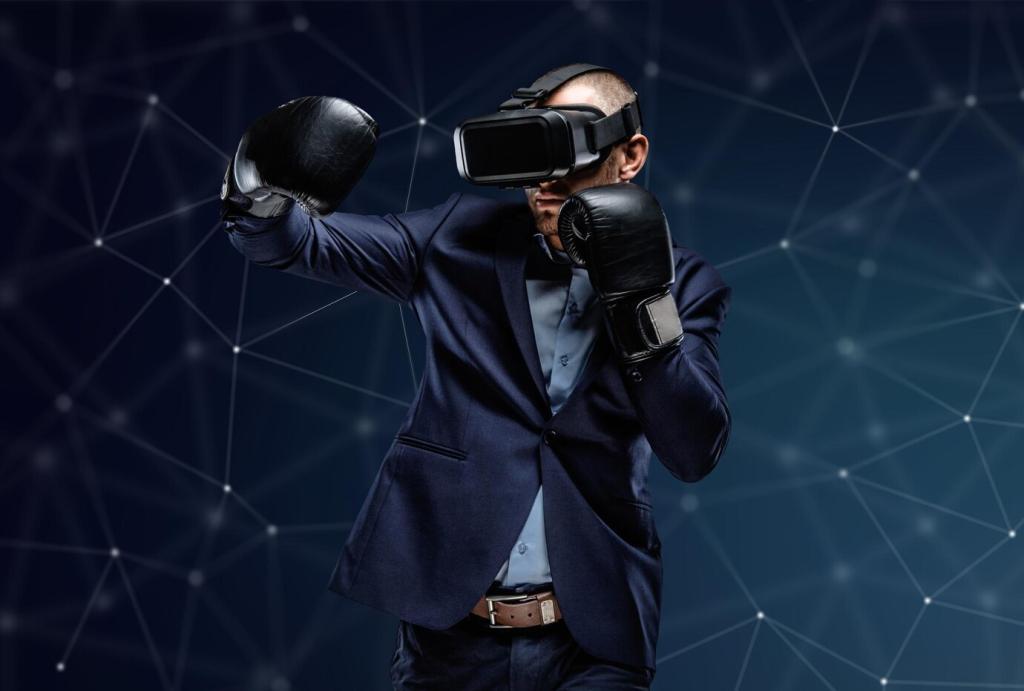
Key Innovations in Smart Home Devices
The world of smart home technology has evolved rapidly in recent years, with innovative features transforming the ways we interact with our living spaces. From intelligent voice control systems to interconnected appliances, today’s devices promise greater convenience, efficiency, and security than ever before. As technology becomes even more integrated into daily life, these advancements are not just luxuries but pivotal elements that shape the modern home. This overview explores some of the most significant breakthroughs in smart home devices, highlighting how innovation continues to reshape and refine domestic comfort and control.
Advanced Voice Assistants
Natural Language Processing Evolution
Modern voice assistants leverage advanced natural language processing (NLP) techniques that go far beyond basic command recognition. Today’s NLP models can discern nuanced speech patterns, different accents, and contextual meaning, enabling more accurate and human-like conversations. This innovation allows smart home devices to respond wisely not just to direct orders but also to complex, conversational prompts. Homeowners can now speak in a more natural manner, giving intertwined commands or asking follow-up questions, making the interaction with technology feel more seamless and less robotic.
Personalized User Experiences
Recent innovations enable voice assistants to tailor their responses and actions to individual users within a household. Through voice recognition technology and machine learning, these systems distinguish between different speakers, accessing personal calendars, preferences, or playlists based on who is speaking. This personalized approach transforms the home assistant from a one-size-fits-all utility into a customized digital companion, able to deliver specific reminders or adjust settings according to each resident’s habits and daily routines.
Integration with Home Ecosystems
Voice assistants now serve as centralized hubs that bind together a variety of smart home devices into cohesive ecosystems. New protocols and APIs allow for seamless interoperability between branded gadgets, lights, security cameras, and thermostats. Users benefit from unified control, where a simple command can initiate multi-step routines or coordinate multiple devices at once. This holistic integration reduces complexity, eliminates silos, and offers true interconnected control of the modern smart home.
Intelligent Security Systems
AI-Driven Surveillance Cameras
Surveillance cameras have become considerably smarter with the inclusion of AI-driven analytics. These systems are capable of recognizing faces, distinguishing between residents and strangers, and alerting homeowners only when genuinely suspicious activity is detected. Machine learning allows them to refine detection over time and adapt to new situations. This results in fewer false alarms and enhanced security, as the system becomes finely attuned to the regular comings and goings of household members.


Adaptive Smart Locks
Smart locks have undergone significant improvements, shifting from mere electronic keypads to fully adaptive access control systems. Modern locks can authenticate entry through smartphones, biometric data, or even remote authorization, providing multi-layered security. Additionally, they integrate with broader security networks, allowing homeowners to monitor access, receive real-time notifications of lock activity, and even automate door locking and unlocking routines based on location or proximity.
Energy Management and Sustainability
Smart Thermostats and Climate Control
Smart thermostats are now equipped with sensors and algorithms that learn household schedules and adjust temperatures accordingly, maximizing comfort while minimizing energy usage. Through geofencing and pattern prediction, thermostats can reduce heating or cooling when homes are empty and return to ideal conditions before residents arrive. Integration with weather forecasts and other connected devices further enhances their ability to optimize energy consumption, ultimately delivering considerable savings and environmental benefits.
Intelligent Lighting Systems
Advanced lighting systems are being designed to provide optimal illumination while conserving power. These systems utilize motion sensors, occupancy data, and even natural light levels to automate when and how lights are used in every room. Through app or voice control, users can fine-tune brightness and color temperature, while schedules and adaptive routines ensure that energy isn’t wasted. The result is a home environment that is both highly customizable and remarkably energy-efficient.
Appliance Energy Monitoring
Modern smart plugs and energy monitors give users unparalleled insight into the consumption patterns of any plugged-in device. These tools track usage, provide real-time metrics, and recommend ways to cut down on unnecessary power draw. Some systems can automatically turn off devices during peak pricing times or when they are left idle, ensuring that the household maintains the lowest possible energy footprint without demanding constant oversight from residents.
